What can creativity do for our mental health and wellbeing?
World Mental Health day was just over a week ago, taking place on 26 October. It’s a day that aims to raise awareness of mental health issues around the world, and encourages efforts to support mental health care. With one in four people affected by a mental health problem, it’s something that society — including businesses — cannot afford to ignore. This year’s World Mental Health Day focused on workplace wellbeing. Whether in minimising stress or finding new ways to engage, creativity is recognised as an important tool in assisting mental health and wellbeing.
One of history’s most famous artists, Vincent Van Gogh, is reported to have suffered with his mental health. Exactly what conditions he had are unknown — but the Van Gogh Museum has an interesting piece on what he may have had and how he would have coped with it (here).
Stemming from examples like Van Gogh, an association of creativity and mental health has grown. Is this something more than an association bias? (Where we give undue weight to easily memorable examples). We may quickly recall that Van Gogh and many others with mental health problems were enormously creative, but we’re less quick to remember at the same time that the likes of William Shakespeare are not reported to have had any. A study by Simon Kyaga et al (2011) in the British Journal of Psychiatry sought to test the link. In their study of 300,000 people they did indeed find supporting evidence — and went on to try to identify the source of this link. (You can read more about that here). None of this is to say, importantly, that other people are not creative. Indeed, people are often more creative than they think! Arts and crafts are certainly not the only way to express that. Even people who work in deeply technical fields are enormously creative in what they do.
More immediately, we see the benefits of creativity all around this. At our events, for instance, we regularly see guests completely engrossed in their paintings. They tell us that it’s so relaxing, and that it helps them completely take their mind off of things. For a lot of people, getting crafty and creative is soemthing really different and therepeutic. (Just ask all of the practicing and aspiring Art Therapists who we’ve worked with!)
We can also see on the Your Stories blog on Mind.org.uk that countless people find comfort in getting crafty. In this blog from 2015, Ella talks about how making something from scratch is very therepeutic for her. She knits, and said that “it makes me realise that I am capable of making things, or of learning new skills and taking time for myself”. You can read Ella’s blog here.
Creativity can be a great source of empowerment and liberation for people. As mental health problems affect one in four of us at some point in our lives, it’s something we need to be switched onto. We are all capable. And we do all need to take time for ourselves.
